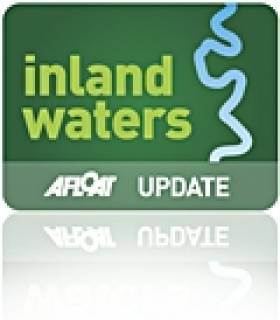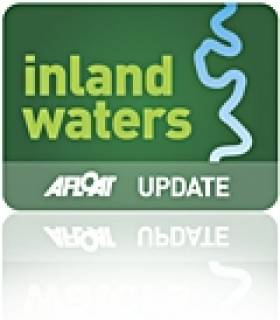Displaying items by tag: house boat
Where to Moor a House Boat on the Irish Coast?
Afloat.ie reader Gerald Heffernan is seeking advice on buying a house boat to live on over the summer with the option of renting it out also. He asks 'Where is a good spot to park moor it and what sorry of costs are involved? I love Crookhaven,Valentina, Knightstown etc'.
Other than on the inland waterways, houseboats are virtually unknown in Ireland, and in some cases there may actually be harbour and marina bye-laws banning them. In most ports including those you mention, the rise and fall of tide has to be taken into consideration unless you can get a marina berth, and then you have to be prepared to go ashore to use the ablutions facilities. As to berthing costs, we suggest you contact the Harbour Master or Marina Manager at the port of your choice.
Section of Grand Canal to Close During Build of House Boat Berths
PROVISION OF HOUSE BOAT BERTHING AREA
The works site will extend from Griffith Bridge for approximately 350m eastwards of the bridge. Temporary dams will be constructed in the vicinity of this site. Due to low and/or possibly fluctuating water levels between the site and the 34th Lock, it is strongly advised that boats should not be moored between the site and the 34th Lock. Adequate berthage is available East of the 34th Lock. There will be no pedestrian or vehicular access through the work site. Pedestrian and vehicular entry/exit access will be via the south canal bank at L'Estrange Bridge for the duration of the works.
TRANS-SHIPMENT SHED CANOPY REMOVAL AND ASSOCIATED REMEDIAL WORKS
These works will extend for a period of approximately six weeks from November 1st 2010. Boats will not be permitted to moor in the vicinity of the work site during this period. The work site will extend from the 35th Lock for approximately 125m Eastwards, to a point approximately 15m beyond the Eastern gable of the trans-shipment shed. There will be no vessel mooring in the vicinity of the work site. There will be no pedestrian or vehicular access along the northerly canal bank from Griffith Bridge towards the 35th and 36th Locks for the site work duration.
Waterways Ireland has issued a notice to users of the Grand Canal of its intention to carry out new inland waterways works by way of provision of house boat berths at Shannon Harbour, Co.Offaly.
The work site will be from Griffith Bridge to a point approximately 200m eastwards of the bridge. A temporary dam will be constructed in the vicinity of this site which will close the canal to navigation at this location.
The work is expected to commence in Oct 2010 and be completed by Mar 2011. Any owners planning to transit the canal at this time should take into account this closure, say the Waterways body.


























































